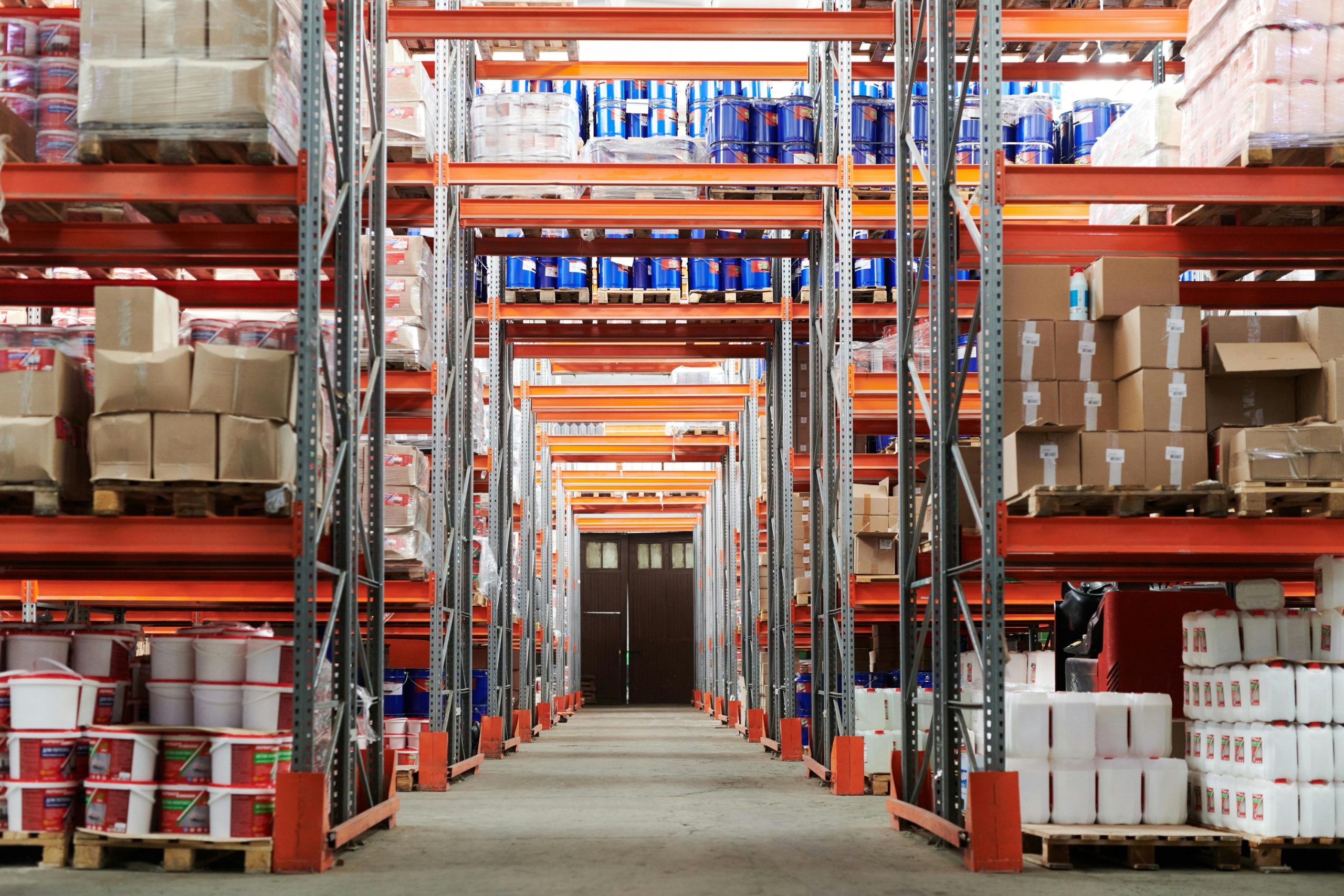Automation is becoming a more popular tool for manufacturing organizations in a variety of industries to improve productivity and optimize their production processes. The use of robots in manufacturing processes is a key component of this automation. These robots are transforming the manufacturing process by becoming essential in every step of the process, from assembly to packing.
1. Automation in Manufacturing: A Paradigm Shift
In the realm of manufacturing, the introduction of automation has brought about a tremendous paradigm change. The use of sophisticated robotic systems by businesses to carry out jobs that were previously performed by human labor is becoming increasingly common. Due to this move, production processes have not only been sped up but they have also been enhanced in terms of precision and consistency, which has resulted in products of a higher quality.
2. Robots on the Assembly Line: Enhancing Efficiency
A significant number of robots are utilized in the assembly line, which is one of the key areas where they are utilized. The components that make up finished items are painstakingly assembled by robots that are outfitted with sophisticated sensors and the ability to follow programming instructions. These robots operate with exceptional speed and accuracy, which considerably reduces the amount of time needed for production and minimizes the number of errors that occur.
3. Precision Machining with Robotics
During the process of precision machining, which involves the fabrication of delicate parts with the highest possible level of accuracy, robots that are equipped with axis arms are utilized to carry out complex operations with precision. It is possible to do sophisticated shaping and finishing procedures with the help of these robots since they are able to operate tools and materials in various directions. When it comes to machining operations, manufacturers can achieve an unprecedented level of precision and consistency, it is recommended to use seven axis, which will boost efficiency and help with workload.
4. Material Handling and Logistics: Robots in Action
Robots are an essential component of manufacturing facilities, not only because they can perform assembly and machining tasks but also because they are important in material handling and logistics. On the manufacturing floor, raw materials and finished products are transported efficiently by automated guided vehicles (AGVs) and robotic arms equipped with sophisticated gripping mechanisms. These robots function without any hassle, maximizing the flow of materials and reducing the amount of downtime necessary.
5. Quality Control: Ensuring Product Excellence
Maintaining certain quality standards is critical in manufacturing. Robots equipped with advanced sensors and visual systems are used to conduct real-time quality inspections across the various stages of production. To ensure that only products that meet the established requirements advance farther along the production line, these robots thoroughly inspect the products to detect any faults. When manufacturers use robots in their quality control processes, they can maintain excellent quality standards and limit the possibility of errors reaching the market.
6. Adaptability and Flexibility: The Robotic Advantage
When it comes to production, the adaptability and flexibility of robotic systems is one of the most significant advantages they offer. Robots, in contrast to typical fixed automation systems, are capable of being reprogrammed and reconfigured in order to meet changes in production requirements and product designs. The inherent flexibility of the manufacturing process enables producers to rapidly adjust to the ever-changing demands of the market and to keep a competitive edge in industries that are always evolving.
7. Collaborative Robots: Human-Robot Interaction
The manufacturing scene has undergone additional transformation with the advent of collaborative robots, sometimes known as cobots. In contrast to conventional industrial robots that function independently, cobots collaborate with human workers to enhance their skills and boost overall output. Because of their safety and ease of use, these robots enable smooth human-robot interaction in shared workspaces. Manufacturing businesses can achieve unprecedented levels of efficiency and creativity by leveraging the strengths of both human and robotic resources.
Conclusion
The use of robots has completely transformed the method of manufacturing. Robots are used in a wide range of tasks to improve production workflows and raise the caliber of products, from assembly and precise machining to material handling and quality control. Manufacturing firms are in a position to attain unprecedented levels of efficiency, precision, and competitiveness in the global market due to the development of robotics technology and the growing acceptance of automation.
